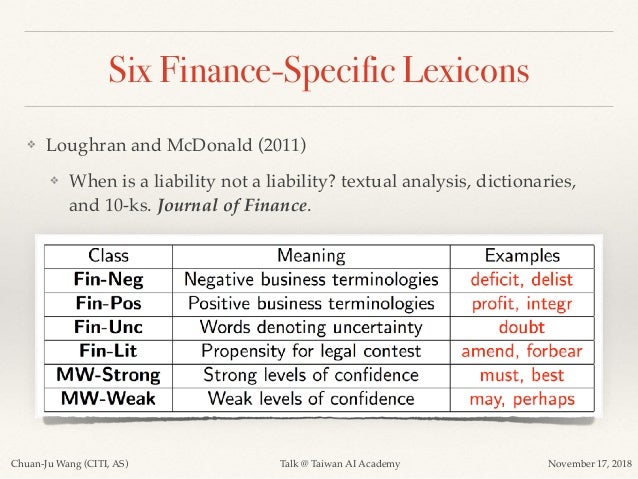

Understanding human speech means understanding their emotions. Google Translate, for example, cannot cope with this sentence right now. Programmers have to come up with some effective tools for word meaning disambiguation in order to work with sentences such as ‘Will, will Will will Will Will’s will?’. Computers don’t understand concepts that are behind words, so working with homographs is difficult for them. It’s challenging both intellectually and in terms of human/money/time resources. For example, if we are solving a text classification problem, we need to collect the data, detect the keywords in it, define a number of classes, group the data according to these classes, and describe these processes in mathematical terms. Transforming text into a format that can be processed by the computer requires several steps. A lot of insights can be drawn from it.īut ML textual analysis also presents some challenges: These are the techniques used for ML text analysis:Īccording to a recent study, about 80% of all data generated in enterprises is in the form of texts. Pay attention to NLTK, TextBlob, and Stanford’s CoreNLP if you are looking for something easily accessible for your study and research. You can write your algorithm from scratch or use a library. In our blog, we have already talked about different strategies for data preprocessing.Īpply a machine learning algorithm for text analysis. Otherwise, the program won’t understand it. Unstructured data needs to be prepared, or preprocessed. Both internal and external resources can be valuable for text mining. Internal data is what every person or company generates every day: emails, reports, chats, etc.

If you go to resources such as forums or newspapers, then you are collecting external data. There are two major types of information sources. These samples will be used to train and test your model. Decide what information you will study and how you will collect it. What do you need to build a text analysis tool? Let’s look at it step-by-step.


 0 kommentar(er)
0 kommentar(er)
